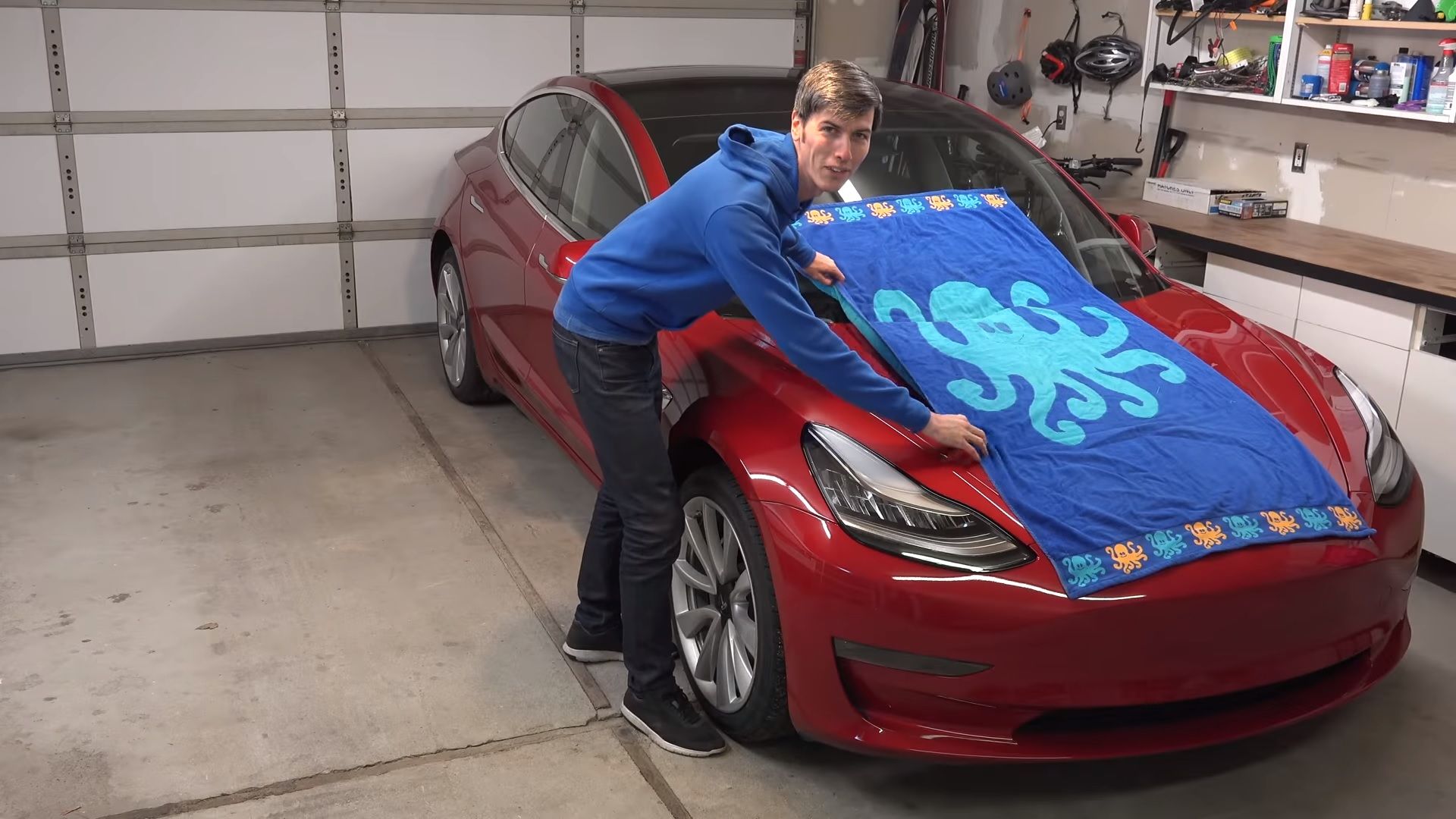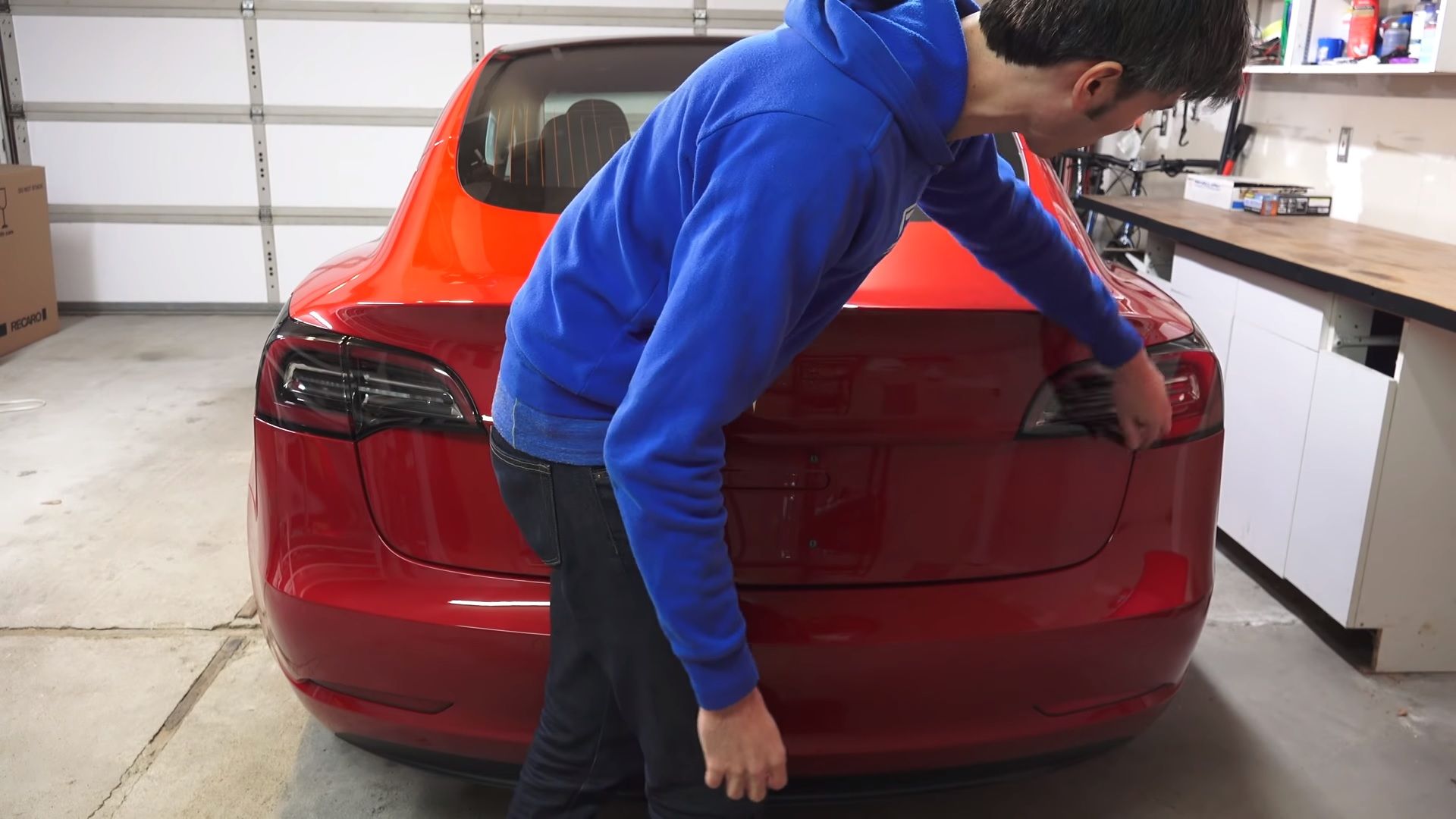Taking delivery of a Tesla Model 3, which is more than likely your first true EV, must be a pretty exciting moment. Some of that positive vibe may wear off quite quickly, however, due to the many quality issues that have been reported since the Model 3 started reaching its new owners.
Owners that have taken delivery of the new Model 3 are reporting widely varying panel gaps, panels that don’t align (one sticks out more than the other), paint issues, and even chipped glass. Tesla does acknowledge the issues and usually fixes them at no extra cost, but some are obviously wondering why these steps weren’t taken before the vehicle was delivered.
Tesla has been ramping up production of the Model 3 in order to meet the high demand for the vehicle. It is pushing its production figures far beyond anything the company has ever tackled, and this is undoubtedly one of the main reasons for these recurring quality issues.
In this video by Engineering Explained, host Jason Fenske examines his brand new Model 3 exactly as it was delivered to him, without him putting any extra miles on the car. He reports (and documents) many of the same issues owners have been having with the Model 3, namely bad panel fitment and paint issues. None is a major gamebreaker, but it’s still a bit hard to explain how that car ended up being delivered in that state.
The flaws Fenske points out are really rather obvious and clearly require attention; why Tesla only chooses to address these after Model 3s are delivered is a bit of a mystery - they could be fixed beforehand and also save the hassle and cost of having the car shipped back to a Tesla shop, a loaner vehicle shipped to the owner, then shipping the car back. Doing it after delivery just sounds like a bad business plan.
At least two theories arise as to why this happens: a) Tesla knows about the issues but sends the cars to their owners anyway, hoping that they won’t notice, and thus the manufacturer will be able to get away with it (and save the extra cost and labor) or b) Tesla employees constantly and consistently miss these issues because they’re not competent enough to spot them and fix them ahead of delivery.
In the video, Fenske also compares fitment quality on the Model 3 with another (cheaper) vehicle he owns, a Subaru Crosstrek. The Tesla is worse off than the Subaru in this respect, but not by a huge margin and, really, as long as the manufacturer fixes the issues, they really aren’t bad enough to ruin the car - most owners seem to be willing to have patience with their Model 3 and nobody is really bashing the car because, aside from these recurring issues, the vehicle itself is reportedly actually pretty good.
Further Reading
Read our full review on the 2018 Tesla Model 3.


